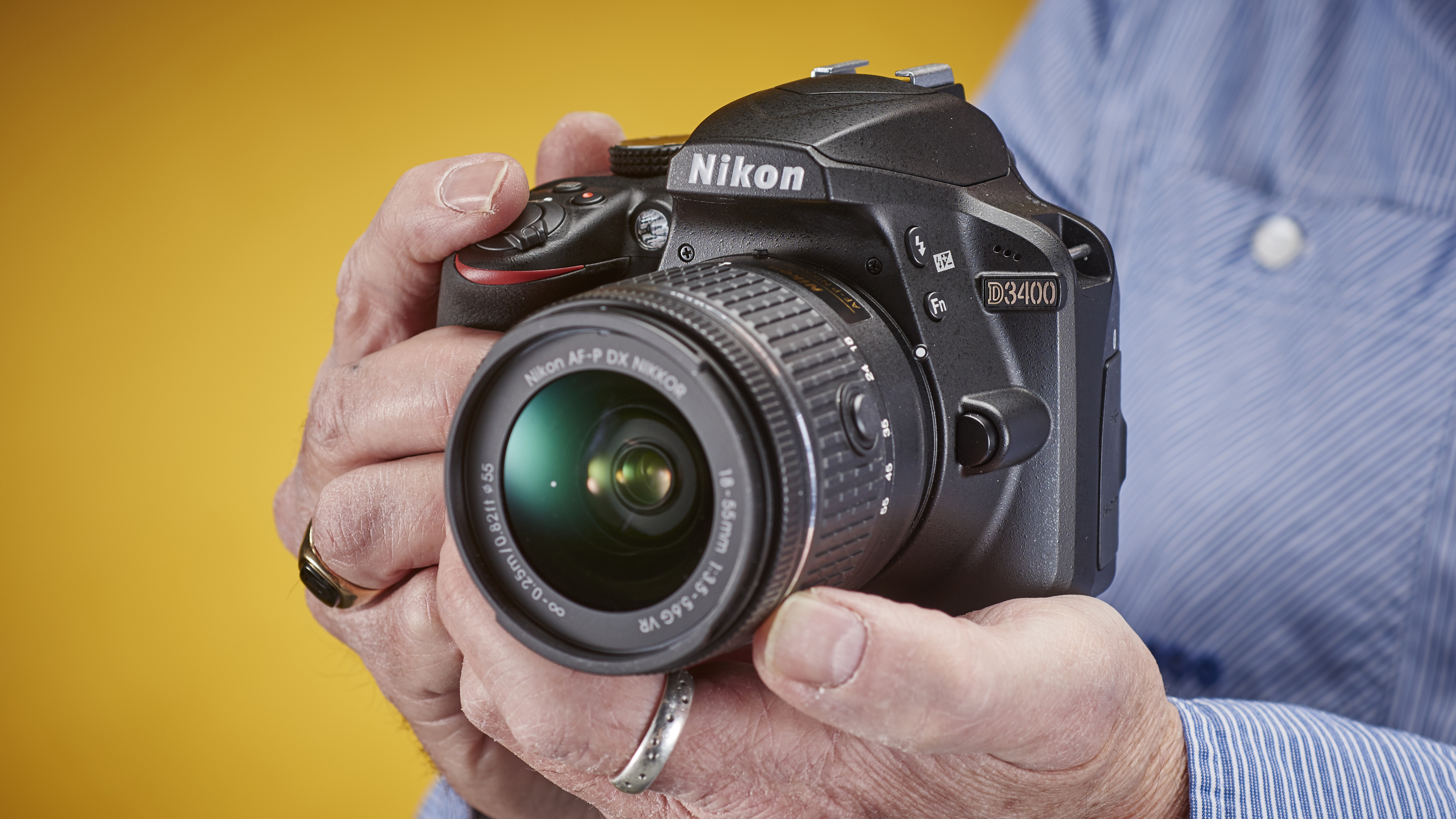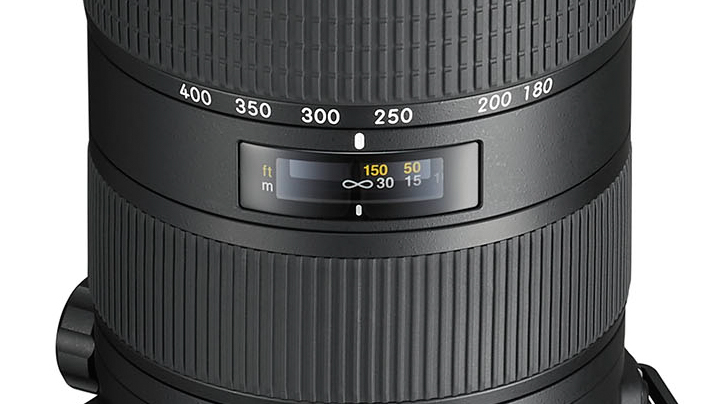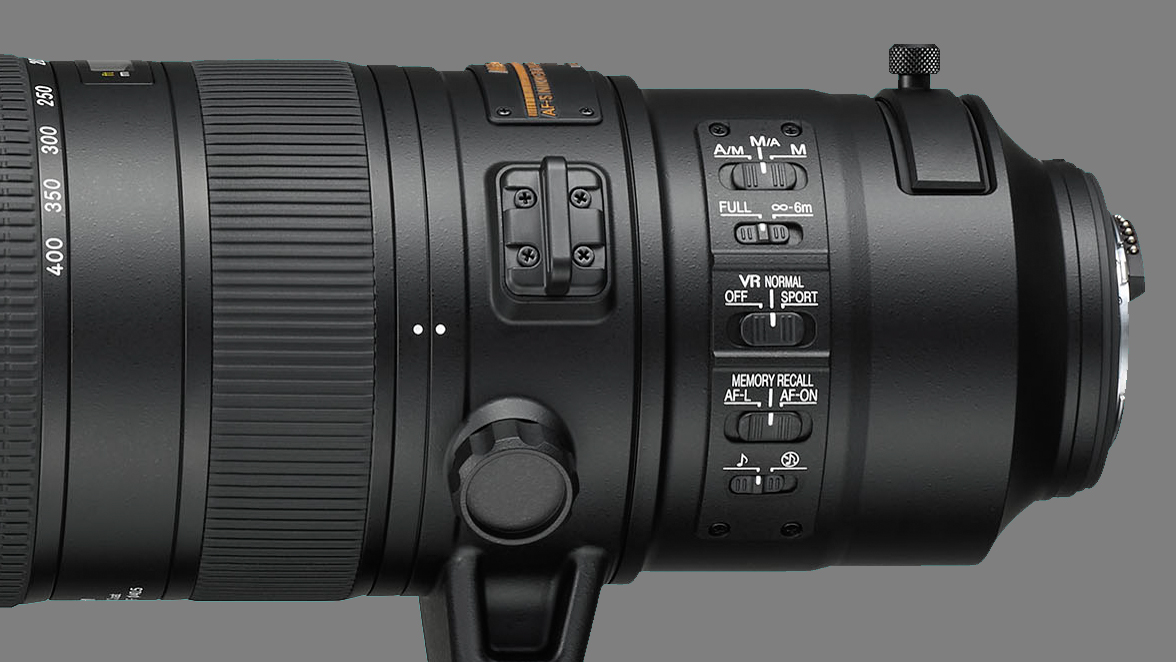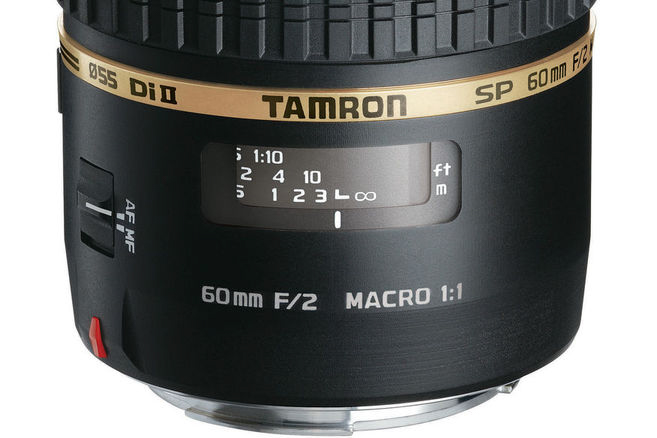23 things you should check when buying a new lens
If you're spending a hefty sum on a new lens, it pays to know what you're getting. Here are 23 things to check before you part with your cash
10. Autofocus motor

One of the most significant differences between autofocus-ready lenses designed today and those from the analogue era is the autofocus motor. Older lenses often have slow and noisy motors, in contrast to the swift, quiet motors found in many of today's alternatives. Look out for the letters USM on Canon lenses; SWM on Nikon lenses (which include all of Nikon's AF-S lenses); HSM on Sigma lenses; and USD on Tamron lenses.
If you're looking to shoot video, you may want to seek out modern lenses with stepper motors. These are designed with video users in mind, and so they should also focus smoothly and silently, to prevent any operational sounds from being picked up by the camera. These include Canon's STM lenses and Nikon's AF-P lenses.
11. Internal focus

Lenses with internal focus systems keep the length of the barrel constant as the elements within them move back and forth. As the centre of gravity stays relatively constant, it typically makes handling easier.
They're also useful in macro photography as they constant length doesn't stand to disturb any live subjects like a moving lens might, and this also means they won't interfere with lighting any lighting in the scene (by casting shadows as they move, for example)
Furthermore, as the front of these lenses doesn't rotate at any point, you can position filters and filter holders and know they won't move around, which sometimes varies the effect of the filtration.
Many lenses now have internal focusing, but some more affordable options might not. Some lenses have IF in their name to show that they do indeed offer this, but it's worth checking the manufacturer's website if you're not sure.
12. Manual focus ring

Many people rely on autofocus so much they end up never needing to use manual focus. If you're not among them, however, it's worth checking to see that your lens has a good manual focusing ring. Not all lenses have these, and some need to be manually focused through just a sliver of their barrel towards the front.
A deep, tactile and well-positioned manual focusing ring makes manual focus easy, and it's particularly useful for genres where you may naturally be using a tripod, such a macro or landscapes.
Get the Digital Camera World Newsletter
The best camera deals, reviews, product advice, and unmissable photography news, direct to your inbox!
13. Focused-distance window

You may not need to be know exactly where a lens is focusing, but some photographers find this to be useful. This is particularly handy when using hyperfocal focusing, or when you need to know that a lens is focusing to infinity.
14. Minimum focusing distance

The minimum focusing distance tells you how close you can get to a subject before the lens will not be able to bring it into focus any longer. This is measured from the sensor to the subject, rather than the front of the lens to the subject (which is known as the minimum working distance).
With most lenses you may not need to worry about this, but it can be useful when looking to buy a particularly long telephoto lens, where this distance can be very long. It's also worth thinking about when buying a macro lenses, as you may prefer to be a certain distance away from your subject.
15. Focus limit switch

Focus limit switches allow you to limit the range of distances that the lens tries to focus between whenever you're using autofocus.
Why would you want to do this? Well, if you're shooting very close up, you don't want the lens to try to focus very far away. Likewise, shooting subjects in the distance means you don't need the lens to try and focus up close. The lens won't always know what to focus on, however, and it may spend time trying to get a lock on a subject within this unwanted part of the focusing range, which wastes time.
This is particularly useful when using macro lenses, as these have a broader range of distances between which they can focus than more conventional lenses.
16. Maximum reproduction ratio

The reproduction ratio of a lens gives you an idea of how close to life size the subject will be imaged on the sensor. This is particularly important with macro lenses, and the most desirable types have a 1:1 ratio. A ratio of 1:2 means it will be imaged at half life size, while 1:4 equals a quarter and so on.
This is related to another figure you might see, which is the magnification of the lens. This is fairly easy to work out: a 1:2 lens has a magnification of 0.5x, while a 1:4 lens has a magnification of 0.25x and so on.
The former editor of Digital Camera World, "Matt G" has spent the bulk of his career working in or reporting on the photographic industry. For two and a half years he worked in the trade side of the business with Jessops and Wex, serving as content marketing manager for the latter.
Switching streams he also spent five years as a journalist, where he served as technical writer and technical editor for What Digital Camera before joining DCW, taking on assignments as a freelance writer and photographer in his own right. He currently works for SmartFrame, a specialist in image-streaming technology and protection.

